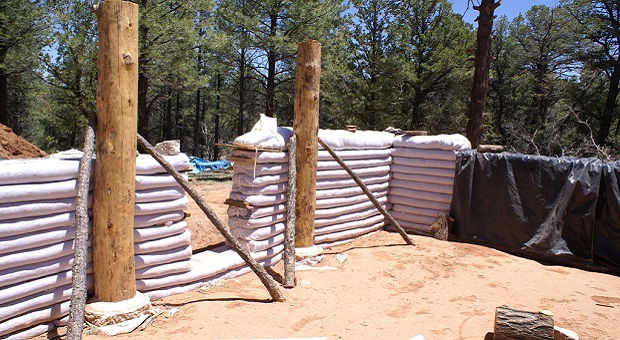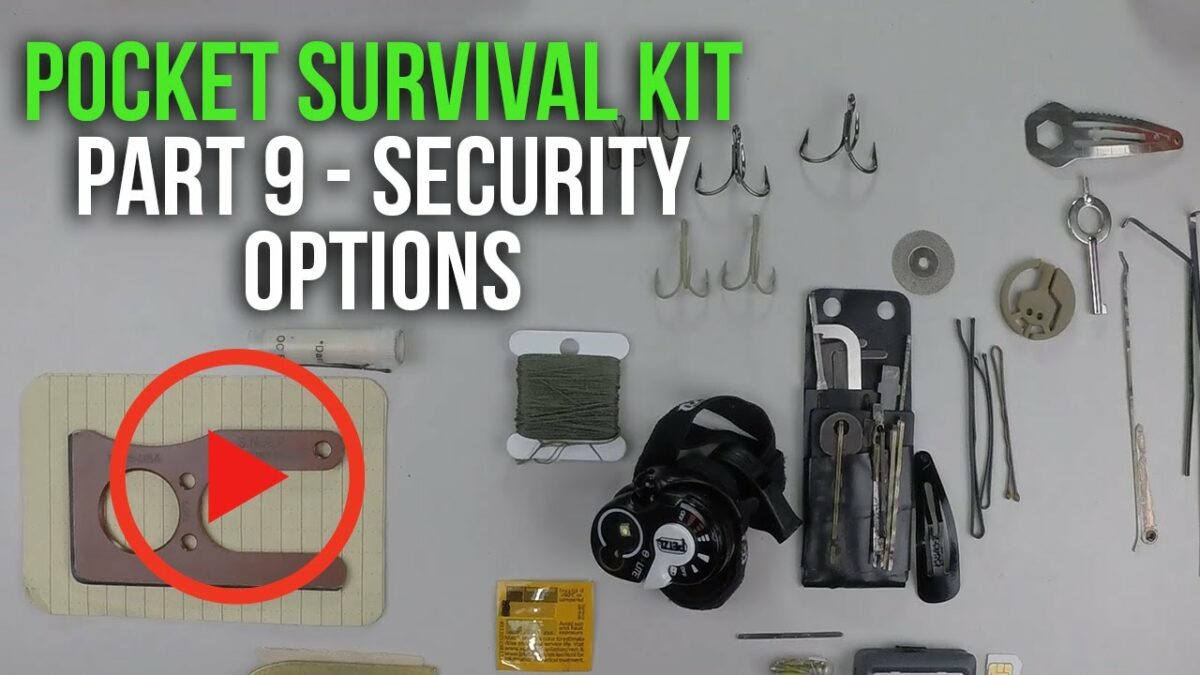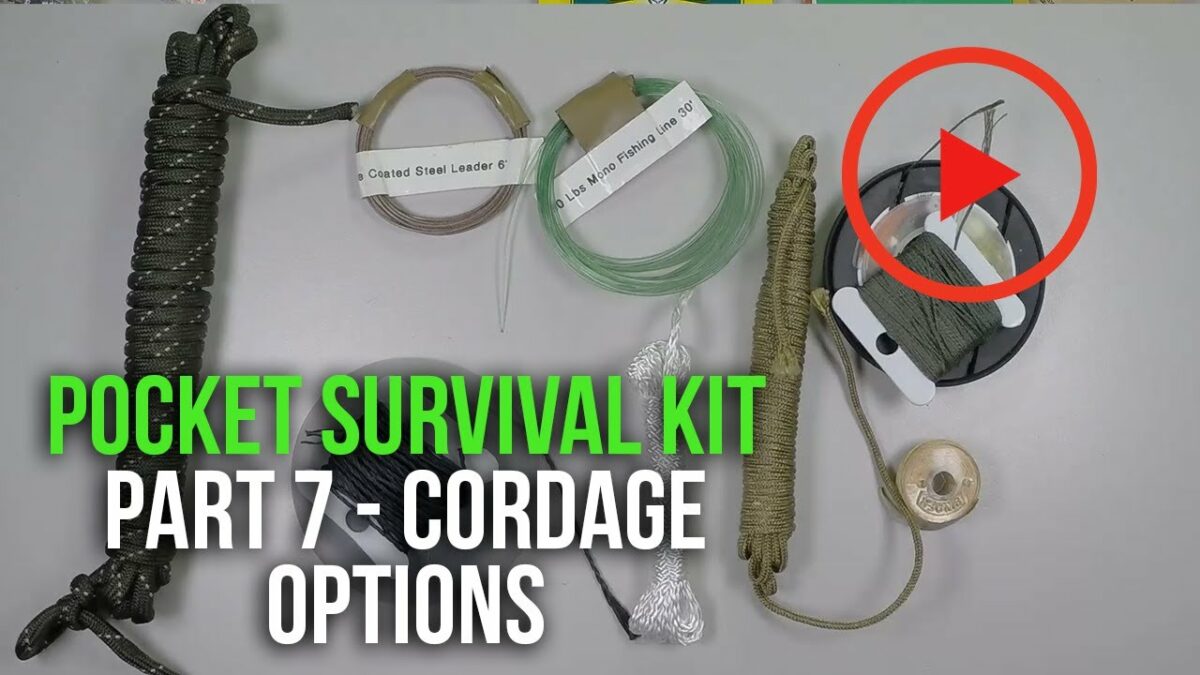The thing you need to look at when considering buying or building a shelter is “what do I need” versus “what do I want”. I am sure all of us would “want” one of the congressional bunkers with all the amenities. And I am also sure that is way beyond affordable.
While I was working as a disaster preparedness tech in U.S.A.F. (United States Air Force), I have seen and evaluated many types of military and civilian shelters, and the only thing those lifesaving shelters have in common is high cost.
Different Shelters, Different Problems
As far as the military shelters go, permanent ones tend to be made of reinforced concrete and are between 2 and 4 feet thick. Most are also built underground and the covering soil is layered with rock and debris to guard against penetration weapons.
Permanent civilian shelters have gone by the wayside. In the 1950’s and 1960’s the construction techniques were the same as the military used, but they were under large post offices or banks. Even though these offered the very best protection from blast effects and radiation, they are prohibitively expensive.
The modern equivalent to these are the highly touted “survival bunkers”. Great idea, HUGE expense.
Temporary shelters also fall into two categories: mobile and built in place. Mobile includes shipping containers, trailers, tents and such.
- The trailers and shipping containers share the problem of becoming like ovens in hot weather and do not offer a great amount of protection. Again, the trailer and shipping container types of shelters are expensive.
- Tents are good if you need a lot of mobility, but offer very little protection from storms, and next to nothing from intruders.
Built in place are the earthen shelters and earth domes. Earthen shelters are built low and are usually made in a flat topped pyramid fashion. Normally they have 3 layers on the wall and 1 or 2 layers on the roof. These “firebase” shelters use a lot of columns to support the roof and are not the best in an earthquake.
Earth domes do not use columns and are circular in nature. They have far better wind resistance and performance characteristics in high end storms and moderate earthquakes because of the circular construction.
If you are looking for something “inexpensive” to build but that will give you the protection that units costing hundreds of times more, an earthdome house is definitely the one you should choose.
From my experience as a disaster preparedness tech, in the U.S.A.F., this kind of shelter has 3 advantages: cost, durability, and easily repeatable. The one other thing I was super pleased about, is the skill level needed to build the earthbag houses is very low.
The Proper Choice: Earthbag Houses
My experience with the “earthbag” building was in the desert in Nevada. It was being tested as a “bomb” shelter (firebase shelter), for lack of a better term. If I recall correctly, the old Sgt. that was telling us about it said it stood up to almost any kind of shrapnel and could even take a direct hit from a 40 mm mortar or a grenade launcher.
Everything I have seen in the earthdome category is absolutely more stable, temperature wise, than any other sort of construction. With very few modifications, this system could be turned into a bear proof hunting lodge, a survival shelter, or just a cool place for your kids and grand kids to play in, in the summertime. (Hobbit hole, here I come.)
Video first seen on Casey Youngblood.
Earthdome construction is also very highly protective when it comes to radiation. A simple temperature comparison (outdoors – 105, indoors – 90) is a roughly 9.3 percent reduction in infrared radiant transfer. It would offer 100% protection from Alpha and Beta radiation, and as far as Gamma protection, maybe a 2.5 to 3 % reduction.
If you have the land, build partly in the ground, like my grandfather’s old “storm cellar”. This would offer a more stable “foundation” and would raise the protection level from wind shear, tornadoes, and severe thunderstorms.
I would look up the information on the highest storm surge if you are in an area vulnerable to hurricanes and build 5 feet higher than the record. (The shelter should hold up to a cat 3 or larger, with little problem, trying to breathe the water if it gets to high can be problematic.)
If you are in a situation that you need to “bug out”, EVERYTHING you need to build one of these ultimate survival shelters will fit in a couple of cardboard boxes. (You still need a good shovel, and it won’t fit in a box.)
The real thing you need to evaluate, is cost versus protection, when looking at a shelter. The earthdome techniques are definitely very low on the cost side (there are a lot of tents that cost more) and closer to the high end of protection from several types of common disasters scenarios (tornado, earthquake, hurricane, attack, etc.)
This article has been written by Jessie Morris for Survivopedia.










Pingback:What To Ask For From A Lifesaving Shelter | Survivalist Basics | Be Prepared For Anything! | December 5, 2014
|
Great Grey | March 30, 2015
|
Never assume that the record storm surge for your area is any where close to what the maximum can be. Given that some areas the last storm surge they had exceeded the previous record by more than 10 feet. A cat 2-3 storm surge can not be used as safe level for cat 5 that has a long time to build up. Just look at the surprise Sandy threw at New York. And yes a weak storm with a long run can have a higher surge that stronger storm with short run.
Pingback:False Myths That Could Ruin Your Prepping Plans | Survival skills, survival guns, survival guide | April 16, 2015
|
Pingback:False Myths That Could Ruin Your Prepping Plans | The Prepper Dome | April 16, 2015
|
Pingback:A Basic Guide To Shelters | Survival skills, survival guns, survival guide | May 19, 2015
|
Pingback:Straw Bale Construction: Pros And Cons | Survival skills, survival guns, survival guide | June 23, 2015
|
Pingback:Straw Bale Construction: Pros And Consdisasterdefense.usdisasterdefense.us | disasterdefense.us | June 23, 2015
|
Pingback:Straw Bale Construction: Pros And Cons-The Prepper Dome | July 2, 2015
|
Casey Youngblood | October 27, 2016
|
Hello! Thanks for linking our video!
I published an update this week and will be putting out another next Tuesday. We will be doing some videos about the history and pros and cons of Earthbag construction soon as well!